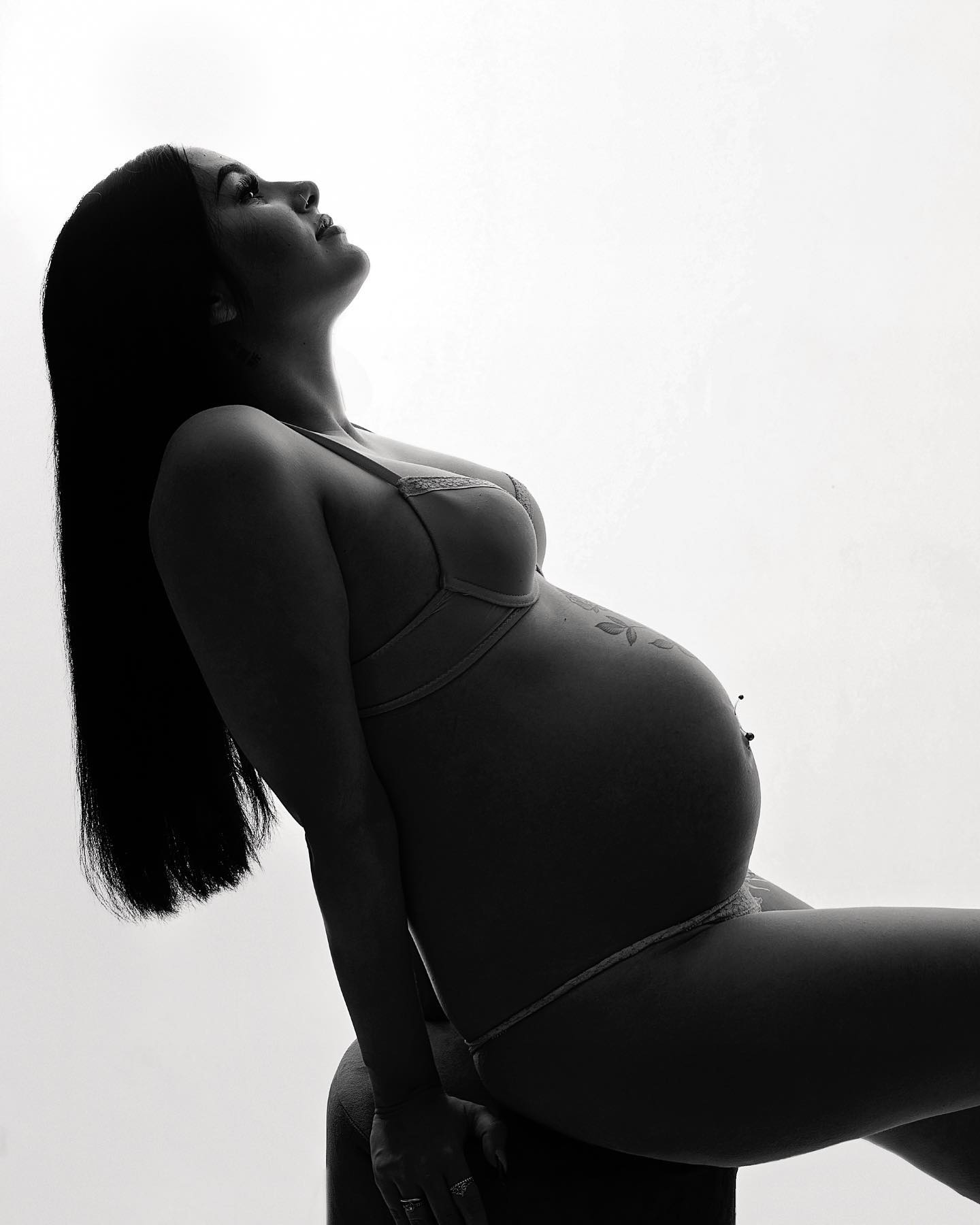What Are Braxton Hicks Contractions?

Have you ever had your belly tighten suddenly during pregnancy? Don’t worry, it’s likely just Braxton Hicks contractions—your body’s prep for childbirth. These contractions are normal, feel odd but not painful, and are short-lived.
This post tells you all about Braxton Hicks: what they are, how they feel, and how to distinguish them from real labour contractions. So, take a breath, chill, and learn about these common pregnancy moments!
What are Braxton Hicks Contractions?
Braxton Hicks contractions are like warm-up sessions for labour, a way for your body to prep in advance. They’re typical for most pregnant people, usually in the second or third trimester.
These contractions signal that your incredible body is gearing up for childbirth, strengthening and priming those muscles for the big event. While they might feel strange, they’re not supposed to be painful. They typically come and go in waves, lasting around 30 seconds to a few minutes. You might feel a tightening or pulling sensation in your belly, like your uterus flexes.
Though they’re part of the pregnancy journey, it’s vital to heed your body’s signals. We’ll discuss how to distinguish them from actual labour contractions later on and when to contact your midwife or doctor. But for now, take comfort in knowing these practice rounds are your body’s way of gearing up for the main event!
How Do Braxton Hicks Contractions Feel?
Braxton Hicks contractions might feel like a practice run before the main event. Imagine the gentle cramps you get during your period—that’s a starting point. Or think of your belly tightening in waves, like a muscle flexing and relaxing.
These feelings are uncomfortable but not usually painful. Picture your uterus as a big balloon, flexing its muscles in preparation for childbirth. You might feel this tightness in your lower belly or spreading across your abdomen. Sometimes, it’s just a subtle squeeze; other times, it’s more noticeable. The critical difference from real labour contractions is that they come and go.
Lasting from 30 seconds to 2 minutes, they don’t follow a set pattern and often ease with a change of position or drinking fluids. If you need clarification on whether it’s the real deal, pay attention to the sensations and their duration. And don’t hesitate to reach out to your midwife or doctor for reassurance—they’re there to help.
When Do Braxton Hicks Contractions Occur?
Braxton Hicks contractions can happen anytime during pregnancy, but they tend to ramp up in the third trimester as your body gets closer to showtime. Picture it like your uterus practising for the big day!
These rehearsal contractions aren’t too picky about when they appear. They might surprise you out of nowhere or kick in after specific activities. Not drinking enough water can bring them on, so keep that bottle close. And yes, sexual activity can be a trigger, too, reminding you that while intimacy is excellent, there’s a little one in there, too!
A full bladder can also irritate your uterus and bring on Braxton Hicks, so make friends with frequent bathroom breaks. Even your baby’s wiggles and jiggles can set them off—all that kicking and rolling might make your uterus want to join the party.
Braxton Hicks Contractions vs True Labour Contractions
Braxton Hicks and true labour contractions may feel alike, but there are noticeable differences:
- Cervical Change: Braxton Hicks doesn’t affect the cervix, while true labour contractions gradually open and thin it for delivery.
- Timing: Braxton Hicks are irregular throughout the day, while true labour contractions become regular and frequent and closer to delivery.
- Intensity: Braxton Hicks are uncomfortable, and true labour contractions are painful.
- Response to Movement: Braxton Hicks may ease with position changes, walks, or relaxation techniques, but true labour contractions won’t budge.
Tips for Managing Braxton Hicks Contractions
Here are some tips for managing Braxton Hicks contractions:
- Hydrate: Drink plenty of water to keep contractions in check.
- Change positions: Move around to ease the tightening sensation.
- Relax: Take a warm bath or practise deep breathing.
- Empty your bladder: A full bladder can trigger contractions, so empty it if you feel one coming on.
- Snack: Eat a small, healthy snack to stabilise blood sugar levels.
- Rest: Listen to your body and take breaks when needed.
- Prenatal massage: Consider a massage to relieve muscle tension.

When to Seek Medical Attention
Pregnancy brings a mix of feelings and events, and sometimes, it’s hard to tell what’s normal and what needs attention from your midwife or doctor. Braxton Hicks contractions are usually harmless, but a few situations call for extra caution and a check-up.
Call your midwife or doctor right away if:
- The contractions are excruciating: Braxton Hicks contractions can be uncomfortable, but if they’re super painful and don’t ease up with rest, it’s best to seek professional advice.
- The contractions get regular and close: Real labour contractions get stronger and closer together over time. If your Braxton Hicks starts following a pattern, getting stronger, and coming every few minutes, it’s wise to get checked, especially if you’re close to your due date.
- You notice any vaginal bleeding or bright red discharge: Even a small amount of bleeding during pregnancy can be worrying. Don’t hesitate to call your midwife or doctor—being safe is better.
- Your water breaks: This is a sign that labour is beginning. If you feel a sudden gush of fluid from your vagina, head to the hospital right away.
- You have other concerning symptoms: Trust your instincts. If you feel severe belly pain, dizziness, blurry vision, or a significant change in your baby’s movements, don’t wait—call your midwife or doctor.
Conclusion
Braxton Hicks contractions can puzzle many first-time mums. The tightening and cramps might catch you by surprise, making you wonder if it’s go-time. But don’t fret; these practice contractions are regular and mean your body’s gearing up for the big day. Usually, they fade away, and simple tricks like resting and drinking water can ease discomfort.
The important thing is to recognise the difference between Braxton Hicks and real labour contractions. Braxton Hicks are irregular, don’t get stronger, and shouldn’t hurt. If unsure, it’s best to play it safe and call your midwife or doctor. They can check things out and reassure you. Remember, a calm and informed mom is a happy mom – and that’s the best prep for labour!

